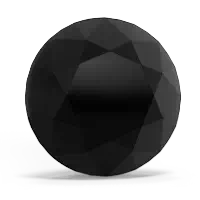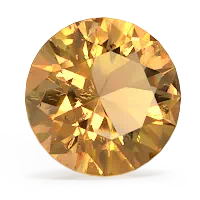


Emerald is associated with Venus, the Greek goddess of love and beauty. They say an emerald pendant can protect lovers from unfaithfulness. A perfect stone for nighttime wear, a black onyx pendant looks elegant and stylish in white or yellow gold. The gem in a citrine pendant is considered a harmonious, optimistic, and cheerful stone with the ability to brighten up our hearts darkest places